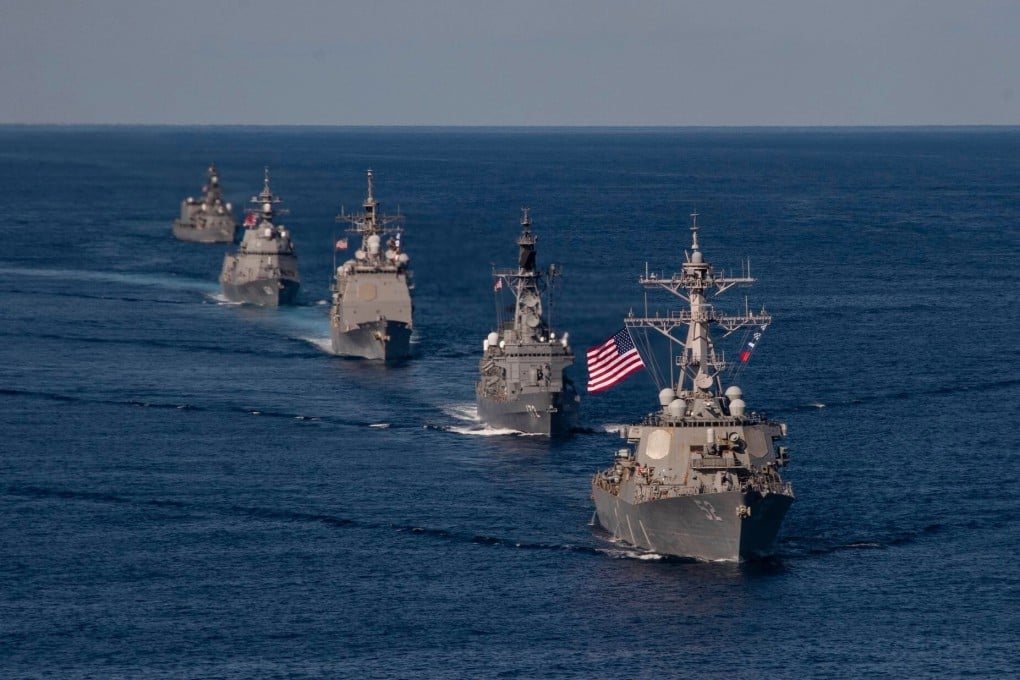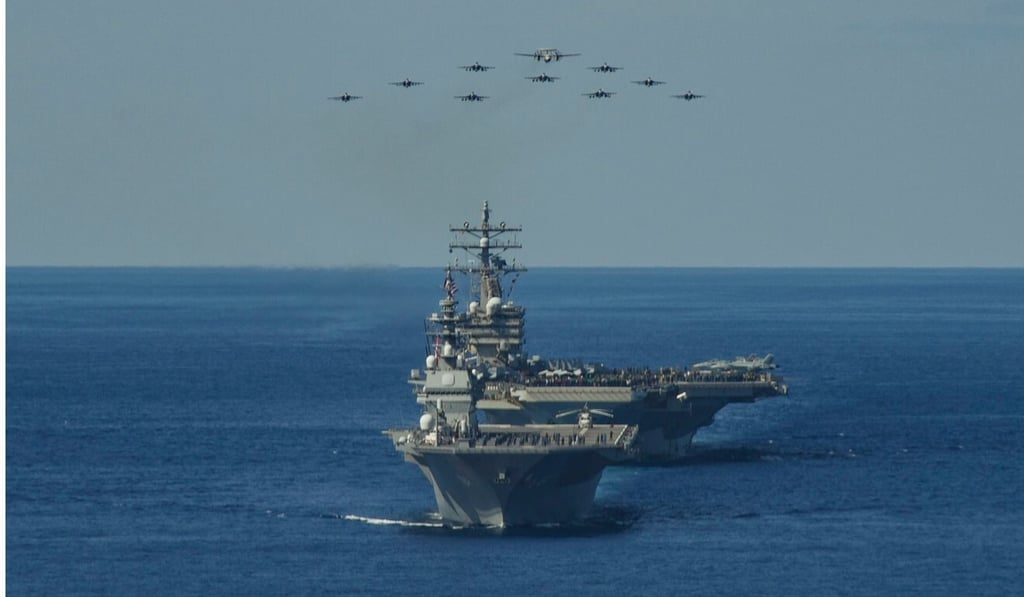Advertisement
American troops could be sent to ‘defend the Senkaku Islands’, US commander says
- Lieutenant General Kevin Schneider made the remarks after touching down on a Japanese destroyer for the start of a joint drill
- He also took aim at recent ‘malign activities on the part of Beijing’, including its military build-up in the South China Sea
Reading Time:2 minutes
Why you can trust SCMP

American troops could be sent to disputed islands in the East China Sea, the head of US forces in Japan said, as the two allies began a high-profile drill amid growing concerns over Beijing’s military activities in the region.
“Our arrival today was simply to demonstrate the ability to move a few people, but the same capability could be used to deploy combat troops to defend the Senkaku Islands or respond to other crises and contingencies,” Lieutenant General Kevin Schneider, commander of US Forces Japan, said on Monday.
Schneider made the remarks after touching down on a Japanese destroyer in waters south of Japan for the start of Keen Sword 21, the first joint military exercise between the countries since Yoshihide Suga became prime minister last month.
Advertisement
He was referring to a group of uninhabited but strategically located islands claimed by Japan and China, where they are known as the Diaoyus, as well as Taiwan. Controlled by Japan, the islands and the waters that surround them are at the centre of a bitter maritime territorial dispute between Beijing and Tokyo.

Advertisement
Accompanied by General Koji Yamazaki, Japan’s top military commander, on board the JS Kaga warship, Schneider also took aim at recent “malign activities on the part of Beijing”. He listed the national security law imposed in Hong Kong, Beijing’s military build-up in the South China Sea, and the PLA’s harassment of Taiwan, according to US military newspaper Stars and Stripes.
The 10-day biennial air, sea and land exercise involves some 37,000 Japanese military personnel and 9,000 from the United States, as well as 20 ships and 170 aircraft.
Advertisement
Select Voice
Choose your listening speed
Get through articles 2x faster
1.25x
250 WPM
Slow
Average
Fast
1.25x